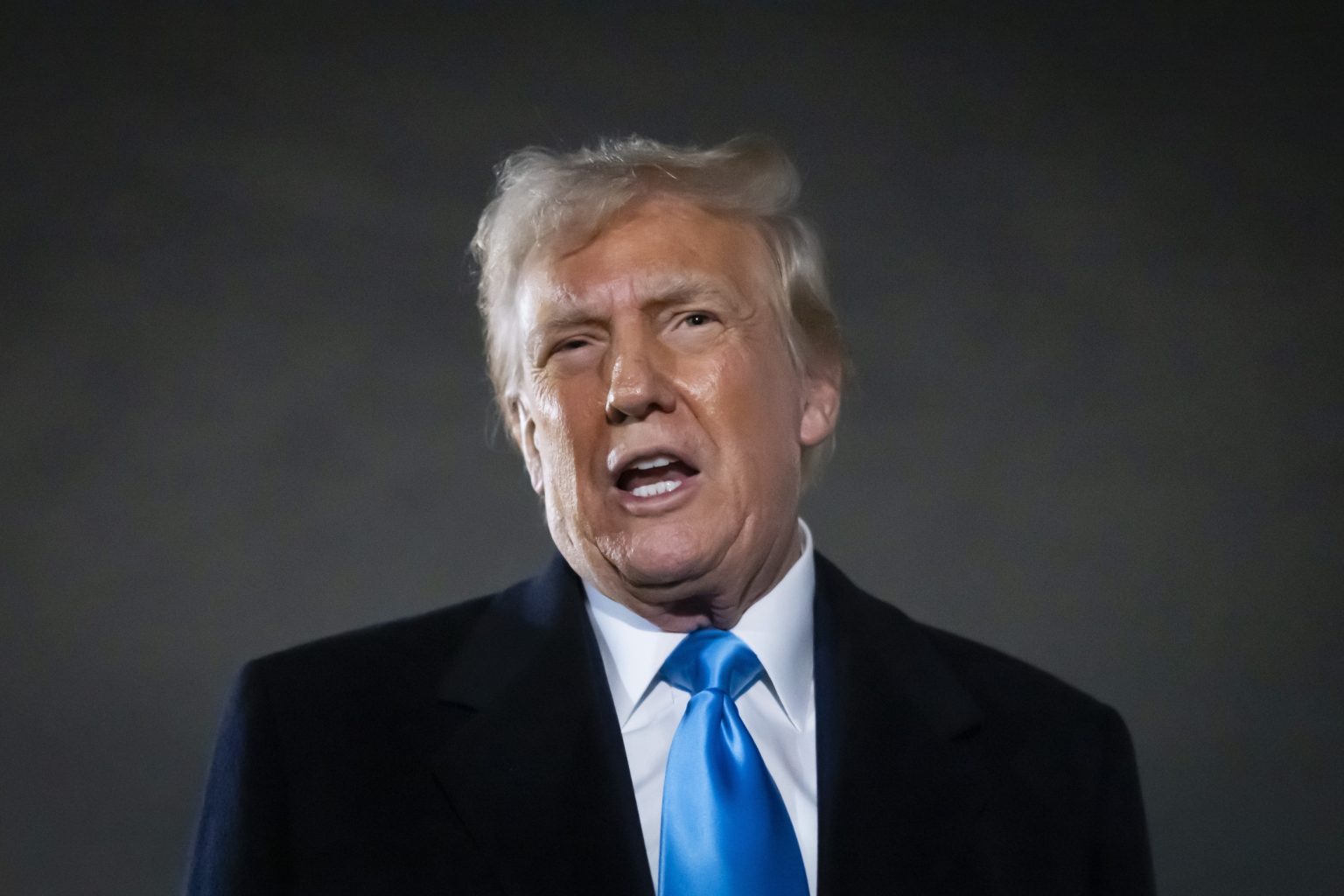The cryptocurrency market experienced a significant downturn following President Trump’s announcement of new tariffs on major U.S. trading partners, including Canada, Mexico, and China. The tariffs, set at 25% for Canadian and Mexican imports and 10% for Chinese goods, sparked widespread concerns about a potential global trade war and its impact on the global economy. These concerns triggered a sell-off in the cryptocurrency market, with Bitcoin, Ethereum, and other major digital assets experiencing substantial losses. The market instability underscored the vulnerability of cryptocurrencies to macroeconomic factors and geopolitical events.
The immediate impact of the tariff announcement was a sharp decline in cryptocurrency prices. Bitcoin, the leading cryptocurrency, fell to a three-week low, dropping below the $100,000 mark and further down to around $92,000. This represented one of Bitcoin’s steepest declines since early January. Other cryptocurrencies, including Ethereum, XRP, and Dogecoin, also experienced significant losses, with some declining by over 30%. The market capitalization of the entire cryptocurrency market shrank by approximately 8% in a single day, highlighting the breadth and depth of the sell-off.
The market’s reaction was driven by several factors. The primary concern was the potential for the tariffs to fuel inflation. With increased import costs, businesses are likely to pass these expenses onto consumers, resulting in higher prices for goods and services. This inflationary pressure can erode consumer purchasing power and dampen economic growth. Furthermore, the tariffs raised concerns about retaliatory measures from the targeted countries, potentially escalating into a full-blown trade war. Such a scenario could disrupt global supply chains, negatively impact international trade, and further destabilize the global economy. These uncertainties contributed to the risk-off sentiment in the cryptocurrency market, leading investors to liquidate their holdings and seek safer havens.
The decline in Bitcoin’s price to around $93,878 placed it precariously close to a critical support level. Market analysts closely monitored this level, recognizing that a breach could trigger a deeper correction, potentially pushing Bitcoin’s price down towards $83,000. Such a decline could further erode investor confidence and contribute to a more prolonged bear market. While some investors viewed the price drop as a buying opportunity, the prevailing market sentiment remained cautious, with concerns about continued inflation and the Federal Reserve’s monetary policies adding to the uncertainty surrounding the future trajectory of cryptocurrency prices.
The widespread decline in cryptocurrency values was a stark reminder of their sensitivity to macroeconomic and geopolitical events. Cryptocurrencies, often considered high-risk assets, are particularly vulnerable to market turbulence. The sell-off following the tariff announcement underscored this vulnerability, demonstrating how external factors can significantly impact cryptocurrency prices. The correlation between the tariff announcement and the cryptocurrency market decline highlighted the interconnectedness of global markets and the influence of political and economic decisions on investor sentiment. While Bitcoin’s potential for long-term gains remained a topic of discussion, the ongoing market volatility and the potential for further declines made traders cautious in the short term.
The long-term effects of Trump’s tariffs remained uncertain. While the administration presented them as a strategic move to address border security and combat the opioid crisis, particularly fentanyl trafficking from Mexico and China, the potential for retaliatory tariffs and a broader trade war posed significant risks to the global economy. The uncertainty surrounding the duration and ultimate impact of the tariffs added to the volatility in the cryptocurrency market, making it challenging for investors to gauge the long-term prospects of digital assets. The evolving trade situation, central bank policies, and overall market sentiment would continue to be key factors influencing the trajectory of cryptocurrency prices. Investors and analysts alike remained vigilant, closely monitoring these developments to better understand the evolving landscape and make informed investment decisions.

